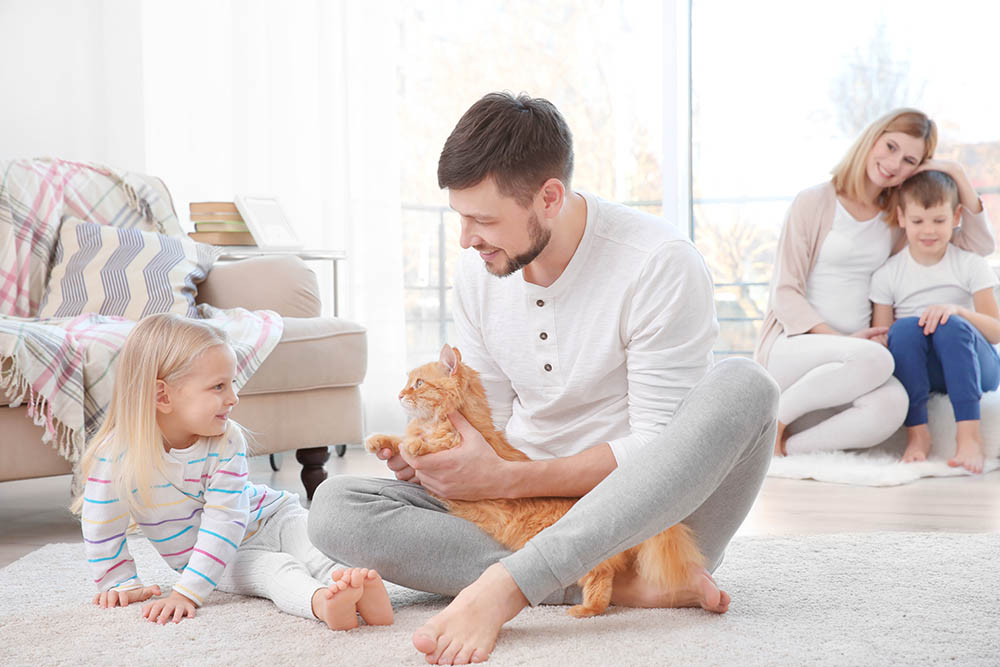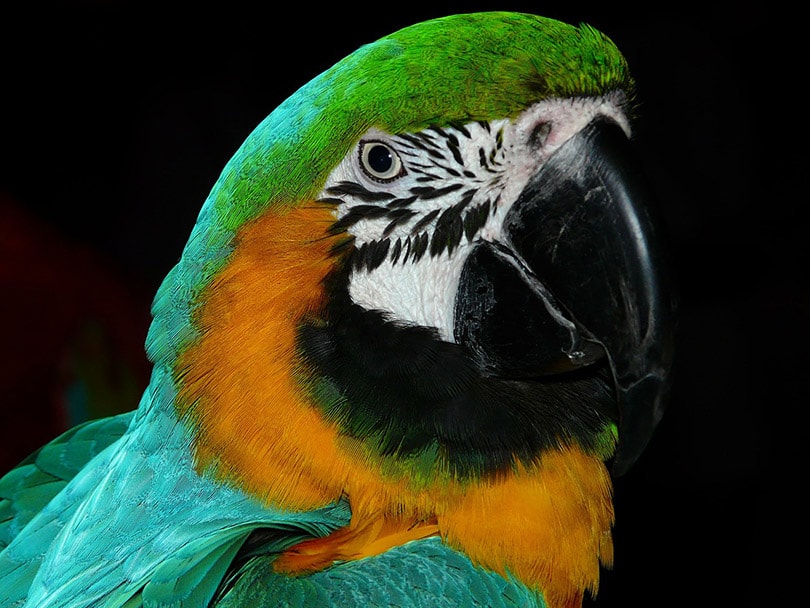Most people who own pets will enthusiastically answer, “Absolutely!” if asked whether their pets are a part of the family. While science is less subjective in these matters, the research community’s stance has grown and changed throughout the years. If you’ve ever wondered if there are statistics that back your gut feeling that your pet is part of your family, here’s what you need to know.

Are Pets Part of the Family?
The answer to this question is generally a resounding yes. Over half of pet owners consider their furry companions to be members of the family.1 In terms of evidence, in 2021, an SMU sociologist named Andrea Laurent-Simpson released a book titled, “Just Like Family: How Companion Animals Joined the Household.” In the book, Laurent-Simpson explores the changing and growing family structure within American households, including the addition of non-human members, such as dogs, cats, and reptiles, to our definitions of “family,” and how it impacts everything from human reproductive trends to our interactions with other humans in our families.2
The increased sales of higher-quality pet products also speak volumes about how much humans value their pets. For example, pet supplement sales reached an all-time high of $2.7 billion in 2023.3 Many experts believe that the drive for pet supplements is due to the increased humanization of animals, which is in line with most people’s view of their pets as integral parts of the family. The same goes for pet owners choosing to pay more for organic pet food, a trend that totaled $25.9 billion in sales in 2023.4

The Legal Implications of Viewing Pets as Family
In recent years, some legislators have been working toward changing how pets are viewed under our legal system. This extends beyond what you usually hear about “animal rights,” though. When laws regarding divorces and the splitting of property were initially put into place, few people viewed pets as family members. This meant that dogs, cats, and other animals often fell under the “property” umbrella.
However, as our view of our pets has changed, more people have been entering custody battles involving pets. Just like with children, many people are unwilling to fully split with their pets due to a relationship split. This has led to some people spending thousands of dollars over the years to get legal custody or visitation rights with their pets.
If the laws regarding the view of pets during divorces change, more people may begin having shared custody and visitation arrangements pertaining to pets. For child-free families, the option to share custody of their pets may be the most important part of divorce proceedings.
Do Pets Consider Us Family?
Unfortunately, there’s not a straightforward answer to this question because it varies notably depending on the type of pet and their individual personality. For example, some pets, like fish, may not be able to understand the complexities of family or even relationships in general. While your goldfish or betta fish may seem excited to see you, it’s likely because they recognize you as the bearer of food and not because they see you as a member of their family. However, your dog or cat is perfectly capable of viewing you as a member of their family, pack, or social circle.
If you have a feral cat that you’ve brought into your home, it’s likely that they view you more as someone or something that they interact with in passing that offers them food. But a cat that you’re bonded with is more likely to view you with affection and a sense of family.

Do Our Pets Understand Us?
Once again, it depends. If you’re talking about dogs and cats, they probably do understand you most of the time. Studies have shown that cats can understand their own name and learn commands, tricks, and rules. Other studies have shown that dogs aren’t only able to pick up on our emotions and communications, but they are also hardwired to detect them, thanks to approximately 20,000–30,000 years of selective breeding.
Dogs and cats may not understand human language to the extent that we typically think that they do, but they can learn associations between sounds and outcomes. For example, your dog understands that when you say “sit,” they get a treat, and when you call your cat by their name, they know that they may get petted.

Conclusion
Science has proven on multiple fronts that pets are an important part of our perceived family unit. Not all people view their pets as family members, but the majority of Americans do. This has had seen and yet-to-be-seen implications on our societal views of animals, animal rights, and the family unit as a whole.
Many people are choosing to remain childless, so more people are viewing their pets as children and grandchildren. It’s important to understand that as our society continues to change and our scientific understanding of animals grows and improves, we may continue to see more people viewing pets as members of the family.
Featured Image Credit: Monkey Business Images, Shutterstock










